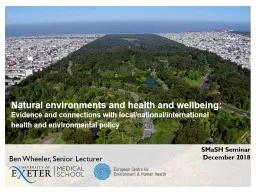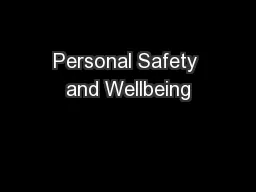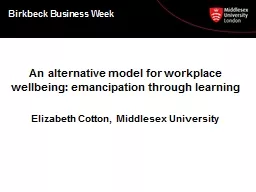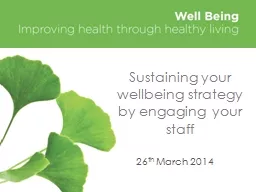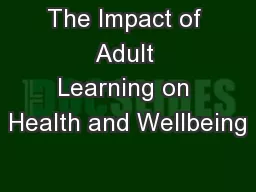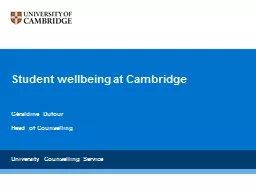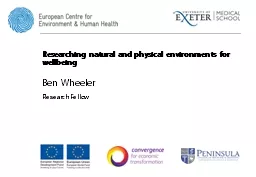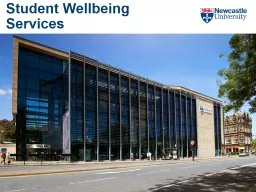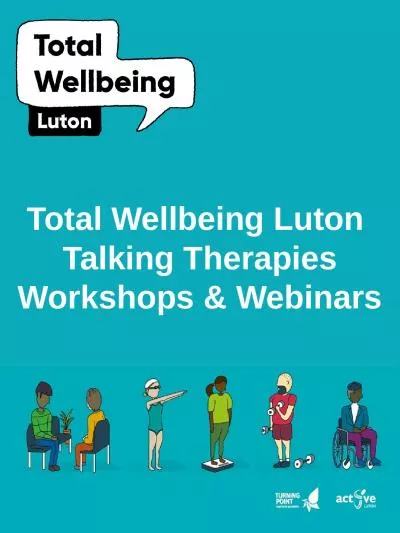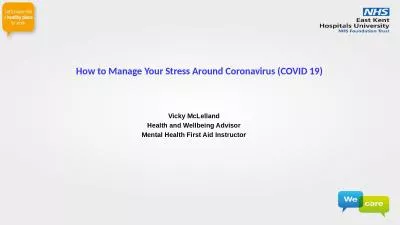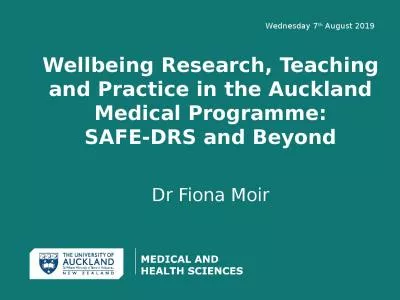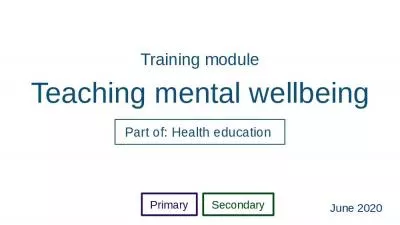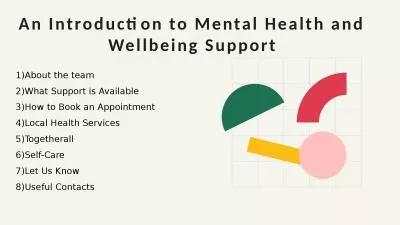PPT-Natural environments and health and wellbeing:
Author : conterc | Published Date : 2020-06-17
Evidence and connections with localnationalinternational health and environmental policy Ben Wheeler Senior Lecturer SMaSH Seminar December 2018 Outline Pathways
Presentation Embed Code
Download Presentation
Download Presentation The PPT/PDF document "Natural environments and health and well..." is the property of its rightful owner. Permission is granted to download and print the materials on this website for personal, non-commercial use only, and to display it on your personal computer provided you do not modify the materials and that you retain all copyright notices contained in the materials. By downloading content from our website, you accept the terms of this agreement.
Natural environments and health and wellbeing:: Transcript
Download Rules Of Document
"Natural environments and health and wellbeing:"The content belongs to its owner. You may download and print it for personal use, without modification, and keep all copyright notices. By downloading, you agree to these terms.
Related Documents

